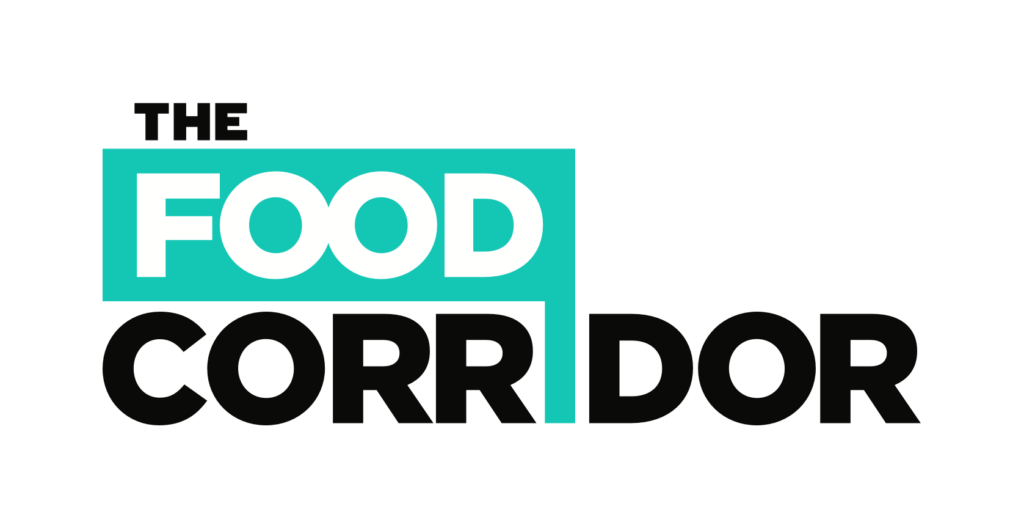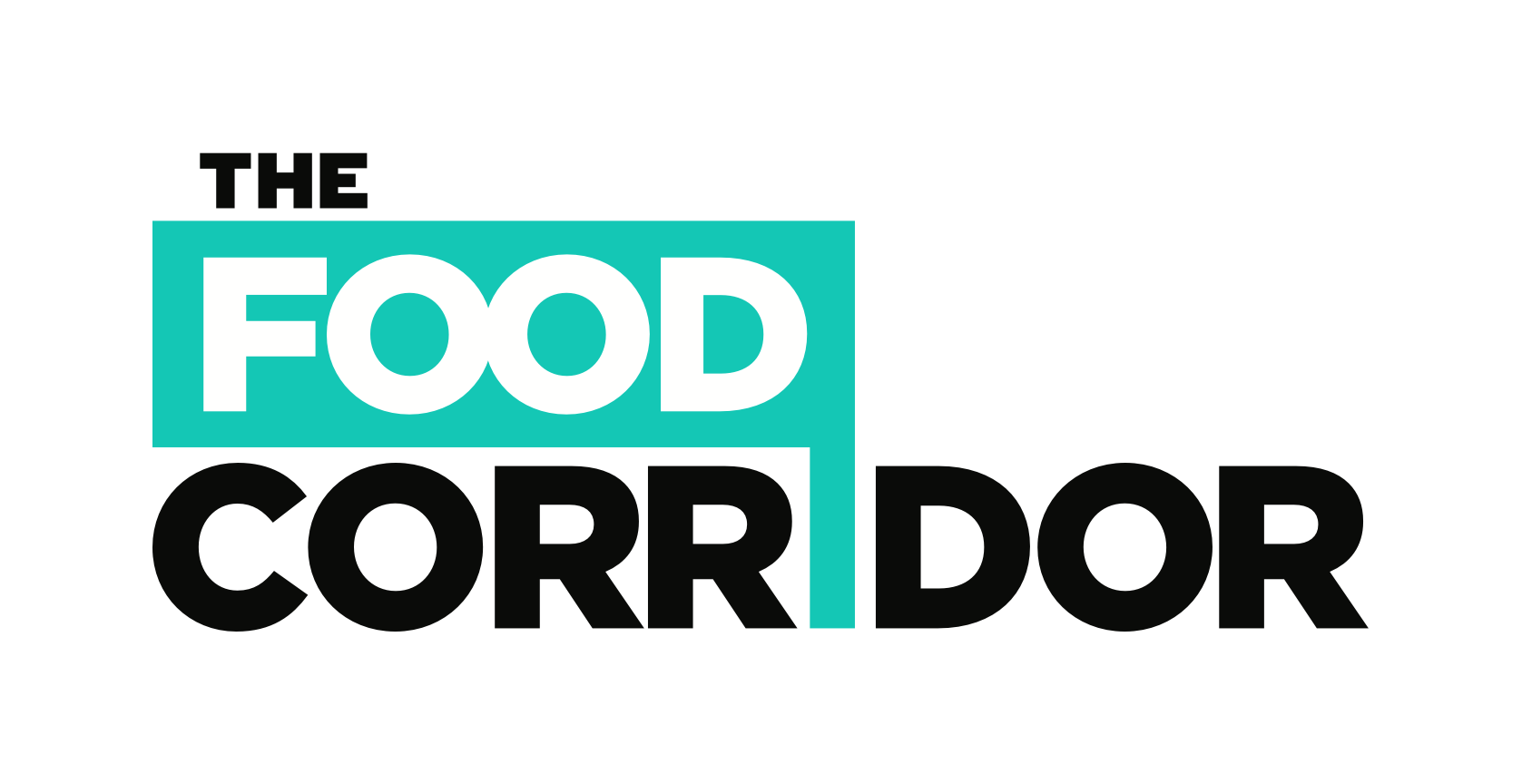Building Trust and Alignment Between Shared Kitchens and Regulators
Running a shared kitchen isn’t for the faint of heart. Between juggling dozens of food businesses, keeping up with shifting schedules, and staying on top of compliance, there’s a lot to manage. But one of your most valuable allies in keeping your operation safe, trusted, and thriving is often the one operators overlook: your local health department.
For many shared kitchen operators, this relationship can feel tense or confusing at first. Health inspectors are trained for more traditional models, such as restaurants, catering operations, processors, and community kitchens. With proactive communication, education, and a focus on shared goals, your health department can become one of your strongest allies. You may even help shape local regulations and definitions along the way.
At The Food Corridor, we’ve seen again and again that the strongest kitchens are the ones who treat their health inspectors as partners, not a nuisance. Here’s how to build that partnership with confidence, clarity, and collaboration.
1. Start with Education: Explain What a Shared Kitchen is
Most misunderstandings happen because your local regulators simply don’t understand what a shared kitchen is or how it operates. Their frame of reference is often single-entity food businesses, not a facility supporting multiple, independently licensed clients.
When meeting your health department for the first time, prepare to teach them what a shared kitchen is. Use the “Shared Kitchen Industry Overview and Models” section of the Shared Kitchen Toolkit as a guide. Bring visuals, documentation, and examples of jurisdictions with shared kitchen-specific regulations and definitions (check out the table at the end for a few examples).
Key points to communicate:
- You’re a licensed facility that rents space and equipment to multiple food businesses.
- Each client holds its own permit or license and food safety certification.
- Your team manages infrastructure, food safety and sanitation, and compliance systems.
- Your role is to maintain the kitchen, SOPs, safety controls, and training that keeps every client in compliance.
Pro tip:
Create a simple one-page explainer that outlines your model, floorplan, client types, and your main safety controls, things like scheduling systems, cleaning logs, and allergen separation. Share it before or during your first walk-through.
Example:
A kitchen team in Colorado created a laminated “Shared Kitchen Layout” handout for new inspectors. It included a floor plan of their shared spaces, dedicated spaces, storage types, and color-coded zones for allergens. Now, inspectors reference that same sheet on every visit — saving time and reducing confusion.
2. Speak Their Language: Lead with Food Safety

You and your health department share the same ultimate goal: safe food and healthy customers. When you show that your kitchen’s policies mirror (or exceed) regulatory standards, your inspectors see you as proactive, not reactive, and you earn credibility right away.
Shared food safety standards to highlight:
- Standard Operating Procedures that include Food Safety Modernization Act and Good Manufacturing Practices principles, even if you’re not legally required to.
- Shared logs (temperature, sanitation, maintenance) organized and accessible.
- Client onboarding checklists with ServSafe or equivalent certifications.
- Cross-contamination and allergen prevention protocols clearly documented.
When your health department sees that you’re thinking like they do, in risk prevention, not damage control, you shift the tone from “inspection” to collaboration. Review the “Compliance and Safety” section of the Shared Kitchen Toolkit to strengthen your proactive approach.
Example:
One operator in North Carolina implemented a shared digital logbook that both their team and inspectors can view. During their next audit, the inspector said, “You’re ahead of most restaurants I see.” That’s the kind of impression that builds long-term trust.
3. Use Policy as Your Common Ground
Your written policies are the foundation of trust. They show that your kitchen operates with structure, accountability, and professional standards.
Policy areas to review and share:
- Access control: Who can use the kitchen, when, and under what conditions.
- Cleaning and sanitation: Clear division of responsibility between operator and member.
- Storage rules: Enforcing rotation, labeling, and organization.
- Incident reporting: How issues are reported, documented, and followed-up.
By walking your health department through these systems, you make it clear your kitchen is designed to prevent risk, not react to it. Refer to the “Operational Policies and Procedures” section of the Shared Kitchen Toolkit to help guide your approach.
Example:
When a Texas kitchen updated their cleaning policy to a color-coded task chart with images and Spanish language translations, their inspector used it as a model for other shared kitchens in the region.
4. Keep Communication Open and Consistent
Don’t wait for inspectors to start the conversation. Instead, treat your health department like a collaborator in food safety innovation.
Ideas to foster collaboration:
- Involve your health department from the beginning and discuss your plans with them early on, accepting and implementing feedback.
- Invite inspectors to preview new areas, like bottling or packing stations, before use.
- Request annual check-ins to stay updated on new codes or product categories.
- Follow up every inspection with a summary email and outline what was discussed, actions taken, and appreciation for their time.
This kind of proactive communication turns your inspectors from watchdogs into advocates, and advocates are invaluable when policy conversations about shared kitchens come up at the state or county level.
Example:
When one shared kitchen in California expanded to include a small bottling line, they invited the county inspector for a “pre-review.” That early collaboration prevented a permitting delay and helped clarify new process guidelines for everyone.
Strong communication inside and outside your kitchen is key. Visit the “Kitchen Communications” section of the Shared Kitchen Toolkit to learn more about internal best practices.
5. Anticipate Challenges and Stay Collaborative
Even with the best communication, challenges may arise. Shared kitchens are still an emerging industry, and a new concept for many local regulators, so confusion is part of the process. Be prepared to navigate common challenges.
Challenge |
How to Navigate |
| Inconsistent inspectors | Keep detailed documentation and refer to previous inspection notes. Politely ask for clarification or a written reference to the code when you get conflicting feedback. |
| Delays in permitting for new clients | Provide your health department with a list of typical food business types that use your kitchen, so they understand your client mix in advance. |
| Unclear classification | Bring examples from health departments who’ve successfully defined and implemented regulations for shared kitchens. |
| Over-enforcement or misunderstanding of your role as a kitchen operator | Explain the division of responsibility: you manage the kitchen and safety systems, clients manage their own food production and permits/certifications. Provide a copy of your client agreement and Operations Manual that outline these roles. |
Stay calm, patient, and professional. Building mutual understanding can take some time, but it pays off with fewer shutdowns, faster approvals, and smoother inspections down the line.
For a deeper dive into building strong relationships with regulators and understanding the specific requirements that guide shared kitchen operations, explore the “Regulatory Compliance” section of the Shared Kitchen Toolkit.
6. The Payoff: A Health Department That Has Your Back
When you invest in education and consistent communication, you build a partnership rooted in trust. Over time, inspectors will start to see your kitchen as a model, not a mystery.
This leads to:
- Faster approvals for permits and expansions
- Fewer inspection surprises
- Increased confidence from your clients
- A stronger public reputation as a community food safety leader
The best shared kitchens know that health inspectors aren’t adversaries, they’re allies in building safer, more sustainable local food economies.
Ready to Build That Relationship?

Your health department should be your best friend, because you share the same mission: keeping food safe and businesses thriving.
Invest in education, documentation, and communication now, and you’ll not only gain smoother inspections, but a trusted partner who champions your kitchen model for years to come.
If this sounds like your next step, we’ve got you covered. We created a Health Department Partnership Checklist to help you start these conversations the right way, with clarity, confidence, and collaboration.
Our newly updated Operations Manual is aligned with the latest food safety guidelines to stay on your health department’s good side, as well as accompanying checklist templates for food safety measures.
Jurisdictions with Shared Kitchen Definitions
Jurisdiction |
Definition |
Source |
|
City of Chicago, IL |
“’Shared kitchen’ means (1) any establishment … for the exclusive or primary purpose of utilizing, leasing or renting its kitchen space to individuals or entities for food preparation, … food packaging, food storage or any other food-related purpose; or (2) any retail or wholesale food establishment … that leases, rents or otherwise makes kitchen space available … for food‐related purpose that is secondary or incidental…” | |
| Los Angeles County, CA | “Shared Kitchen Complex means … a food facility … that is used as a place of business for the exclusive purpose of providing commercial space and equipment to multiple individuals or business entities which commercially prepare or handle food that will be offered for sale.” | County of Los Angeles Public Health |
| City of Los Angeles (commissary & shared use) | Zoning Code: “Commissary Kitchen … a kitchen facility used for cooking and preparing food to be primarily served and consumed off-site. This definition includes multi-tenant shared kitchen facilities, order fulfillment kitchens, and catering kitchen facilities.” | Los Angeles City Planning |
| City of Evanston, IL | “A shared, rental kitchen or a commissary is … an established licensed commercial kitchen where other food service providers can go to prepare and store food.” Further: “A rented, shared kitchen … is any licensed establishment used as a place of business for the primary purpose of leasing, utilizing, or renting its commercial kitchen to food vendors or businesses for food preparation, food storage, product development, food packaging or any other food-related purposes …” | City of Evanston |
| Allegheny County, PA | “A shared kitchen is a food facility in which three or more food businesses or operations use shared space or equipment in a permanent food facility. Shared kitchens may be used for food preparation, food storage, ware washing, disposal of waste, and/or as mobile food facility commissaries.” | Allegheny County Health Department |
| State of Minnesota | “Shared commercial kitchens (also commonly referred to as shared-use, community, or incubator kitchens) rent space to food producers. … These spaces allow individuals and businesses … to be licensed … produce food for the public (subject to regulatory approval).” | Minnesota Department of Agriculture |
| City of New York, NY | “Shared Kitchens are commercial food preparation facilities … designed to provide up-and-coming food retailers … by providing them with kitchen space and access to professional equipment.” | |
| San Francisco, CA | “’Shared kitchen complex’ means a facility that provides services … to Food Preparation and Service Establishments … for the purpose of cleaning, storage, refuse disposal, and wastewater disposal.” | code library |


